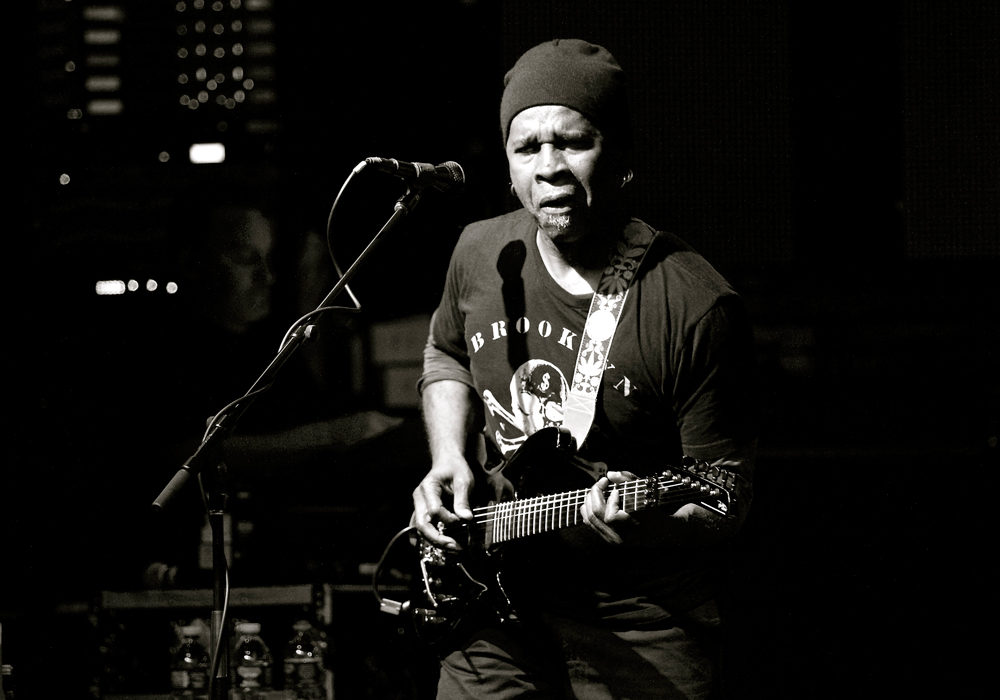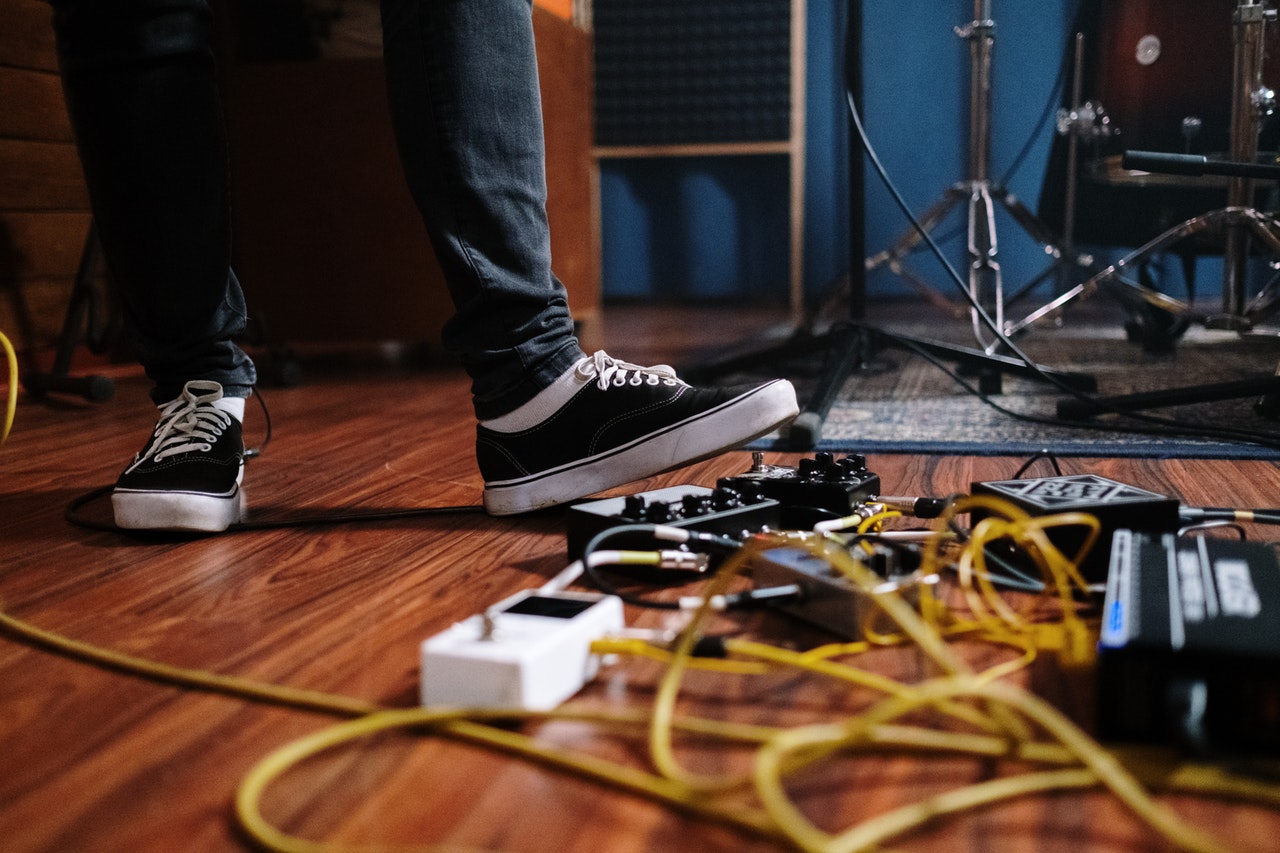Soloing is one of the main attractions of the guitar, and something that we guitarists spend endless hours trying to perfect. So much so that it’s easy to get into a soloing rut, or run out of ideas, or worse still… never venture out of the confines of the pentatonic scale. In this post we’ll take a look at improvisation from a different perspective other than what to practice, what scales to learn etc. All of which is great in the beginning, but if you want to take your improvisational skills to the next level there are a few things you might need to consider.
What Kind of Improviser Are You?
Without wishing to generalize too much, there are basically three types of improviser:
1. The Creator. The Creator improvises in a pure way, they compose on the spot and are always breaking new ground with their solos. They may play the same tunes every night but will never play the solo the same way twice as their lust for creation won’t allow it.
2. The Recycler. The Recycler is very adept at stringing bits and pieces of stuff he already knows together to form a solo. A lick from here, a lick from there, keep it all in the right key and you have a great sounding solo. The Recycler also has a vast library of his own licks and runs to fall back on, and consequently cannot be said to be truly improvising most of the time.
3. The Mathematician. The Mathematician knows all the scales, modes, arpeggios and chords, and can piece them together with mathematical accuracy, and solid technique, to produce an improvisation that while technically correct, has little feel or is a robot-like.
Truth be told most guitarists fall into the second category, most are just regurgitating licks they already know (fall-back licks) and interspersing them with a very limited amount of pure improvisation. If you don’t have a great deal of experience improvising in public, then this is the safest and least scary thing to do, especially when you figure in acoustics, and the usual issues that come with playing live.
A Category 1 guitarist would be someone like Allan Holdsworth, Vernon Reid or Hiram Bullock, or anyone who just gives themselves permission to go for it. You won’t hear any well-rehearsed licks or runs as this kind of player thrives on breaking new ground and taking risks.
There aren’t as many mathematicians around today as there were in the 80s when it was all the rage to play with blistering speed and accuracy, yet no feel. Mathematicians have both the power to impress you and bore you to tears at the same time.
Why So Many Recyclers?
I think this is due to the fact that guitarists pretty much only listen to other guitarists. In other words, all their improvisational references are guitaristic by nature, and have all been done before. The regurgitation continues generation after generation with a handful of stand-out players who are able to put their own spin on it. Playing classical music on the electric guitar, or trawling the back catalog of Paganini, doesn’t get you out of being a Recycler either as it’s been done to death. Yngwie Malmsteen could be said to improvise classical music but I have a sneaking suspicion that it’s very premeditated.
The answer then is to listen to improvisations on other instruments, all of which can be replicated on guitar. Allan Holdsworth is well-known for being a fan of horn players, and consequently his lines lean more towards the sound of a sax or trumpet; you won’t hear any blues licks emanating from his guitar.
Soloing Perspectives
The way you approach a solo has a great effect on the outcome of your improvisational efforts. Basically, you can approach, or begin a solo from one of the following perspectives:
Melody. You play the melody of the tune and improvise ideas off of it; you don’t really have to worry about scales and chords as you’re already incorporating the best notes available, as well as making music.
Scales/Modes. Changing scales with every passing chords is mathematician territory and can be fairly easy or incredible complex depending on the tune; however, by far the hardest thing here is to make it musical. This is the difference between being a Creator and being a Mathematician.
Chords. Playing off the chord changes bridges the gap between melody and scales/modes. It’s still tough to make it musical but you’ve got all the right notes at your fingertips to pull it off.
Key Centers. Using key or tonal centers i.e. grouping chords together that are from the same key or scale, gives you a lot more head-space to come up with some musical ideas, and a wider palette from which to draw. The only drawback here is that it’s tempting to get a little too busy with so much to choose from.
Arpeggios. Arpeggios are one of those things that have to become second nature before you start using them to improvise, otherwise your solo will start to sound like an ‘etude’.
You can, and should, combine several of the above concepts, and this is what most improvisers do. The point is to be aware of how it’s affecting what you’re producing. If you’re not getting the desired effect, you may need to change your soloing philosophy, or at least try another starting off point.
The Icing on the Cake
The final, and some would say, decisive element to any improvisation is of course the groove. Does it groove, does it swing? Groove and swing transcend musical genres, and it either does or it doesn’t. If it grooves, the audience will feel it and respond, and this is what you want to do as a musician: move people.



